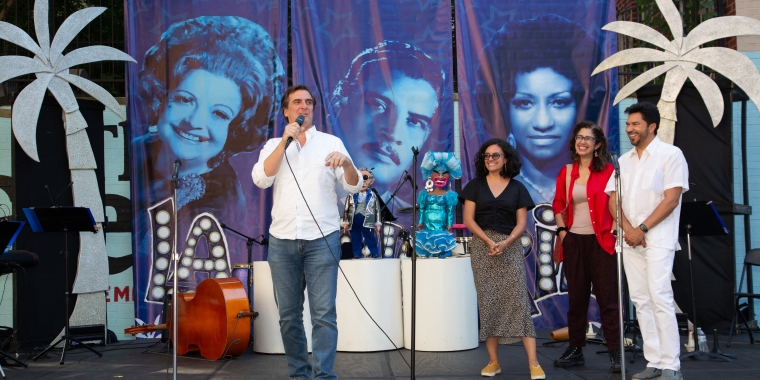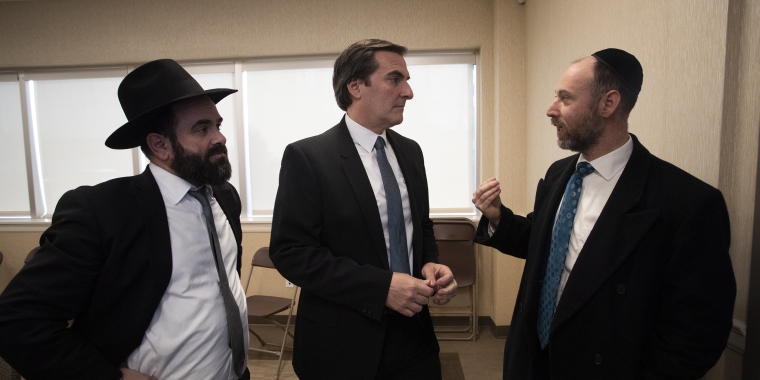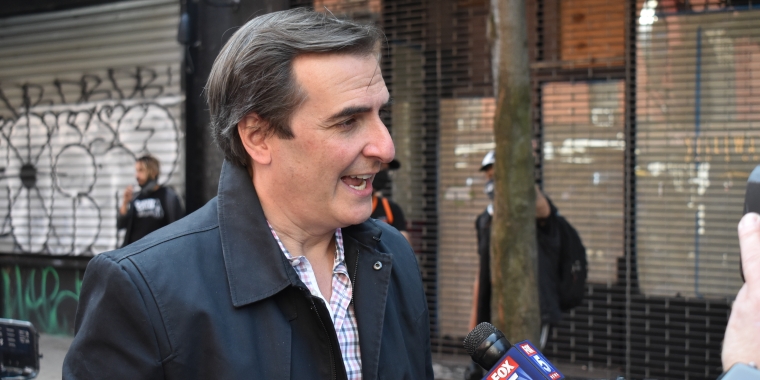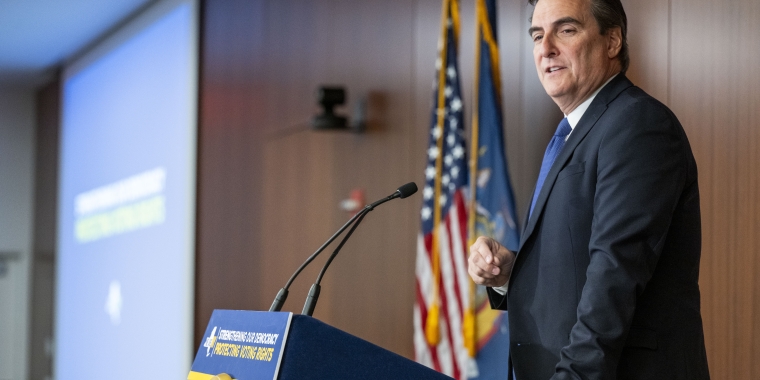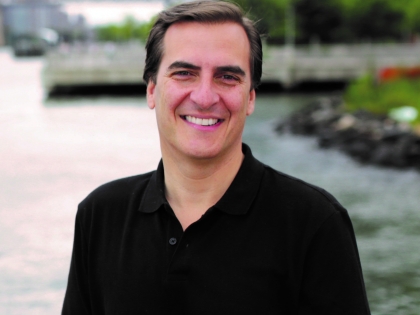
Newsday: Debate over reopening the economy is more complicated than protests
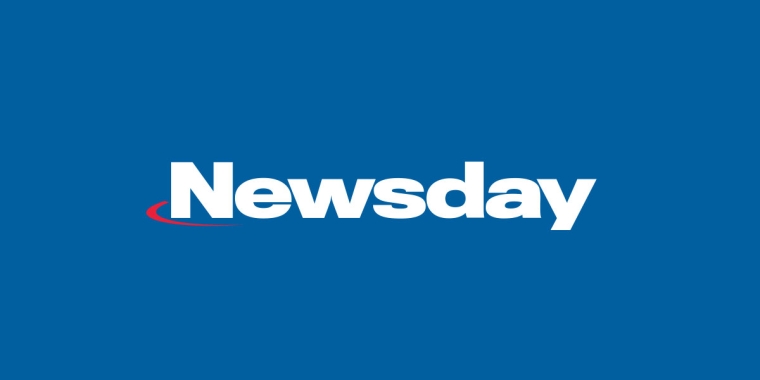
Regional and political fractures about reopening the economy are becoming more visible around the country, including the state worst hit by the coronavirus pandemic — New York.
But the debate over when and how to ease stay-at-home orders is more granular and nuanced than protests at state capitols and conflicts with police would first suggest. It’s not a clear-cut liberal/conservative divide with one side demanding a full reopening and the other wanting a hard lockdown.
And it’s evolving as many states move to completing nearly two months under lockdown rules.
“There’s no doubt a majority of people are in favor of being very careful,” said Lee Miringoff, director of The Marist College Institute for Public Opinion. “The folks protesting do not really represent a large group.”
National and statewide surveys show a majority of voters, Republicans and Democrats, are following social distancing rules and don’t want many of them relaxed. They oppose opening restaurants for eat-in dining and gyms. They wouldn’t be comfortable attending sporting events or shopping at retail stores.
But there also are signs the pressure is building to reopen. Some of the protests are driven by alt-right media and Trump donors more concerned about the presidential election — but they are a small minority, Miringoff said. News accounts indicate gun rights advocates and anti-vaccine advocates are becoming part of the protests in some states.
But the real pressure is more economic than ideological.
“At some point, folks are saying they’re going to have a difficult time staying afloat. Businesses, too,” Miringoff said. “It’s one thing to stay afloat for a month. Staying afloat four or five months is another thing.”
With new figures on Friday showing unemployment at 14.7% — the highest since the Great Depression — people are getting antsy, local and state officials acknowledge.
“Most people have had a lot a patience. But the longer we go, the more the stress level increases,” state Assembly Minority Leader Will Barclay (R-Pulaski) said. “I think patience is wearing thin and people are beginning to question what we’re doing.”
Barclay noted Oswego County, his home along Lake Ontario, had 62 coronavirus cases as of early May.
Downstate, however, the view is different.
“We’re all anxious to get the economy moving. But it absolutely must be driven by science and medical professionals,” state Sen. Michael Gianaris (D-Queens) said. “Part of the reason New York is such a mess is we didn’t shut down quickly enough. A second wave of infections would do us more damage than doing (reopening) the right way.”
Republicans are more likely to question the precautions than Democrats, although a majority still follow them, polls show.
Nationwide, a Navigatorresearch.com survey found 88% of Democrats and 67% of Republicans said social distancing rules are good as is or should be strengthened. A minority said rules should be relaxed: 9% of Democrats and 32% of Republicans.
Further, even as governors of many states move to reopen, surveys show consumers might not be ready to follow them just yet.
Marist found 92% of Democrats and 63% of Republicans agreed that opening restaurants for dining-in was a bad idea. Regionally, there was little difference, ranging from 85% in the Northeast to 78% in the South.
A Washington Post/University of Maryland national poll found 31% said their state should open hair salons, 22% for gyms and 18% movie theaters. A Monmouth Unversity survey found that 63% said they were more concerned about governors opening states too quickly, compared to 29% who said too slowly.
New York shows similar trends. A Siena College poll found 73% of Democrats, 59% of Republicans and 68% of other voters said they wouldn’t attend a large public gathering this summer, even if sporting events or concerts were resumed. Regionally too, there was little difference: 62% upstate versus 73% downstate.
Household incomes showed even less of a divide, with every bracket showing 67-72% opposition to attending large events.
It’s when pollsters asked a more generic question about whether it was a good idea to “have people return to work” that larger splits occurred.
In its nationwide survey, Marist found 13% of Democrats said returning to work even without further virus testing was a good idea, as compared with 51% of Republicans and 34% of independents.
There was also a gender gap: 40% of men favored the idea, 24% of women.
Another big split is among governors. A tally by FiveThirtyEight.com found that when it came to moving from a state’s first virus case to announcing stay-at-home orders, Democrats (21 days) and Republicans (25) acted at about the same pace.
But easing those orders is another story.
Of the 29 states moving to reopen, 22 had Republican governors, according to FiveThirtyEight.com. Of the 21 moving more slowly, all were led by Democrats.
High-profile Republicans too are pushing for a faster reopening. Former New Jersey Gov. Chris Christie said continued shutdowns risk long-term economic damage, adding: "Of course, everybody wants to save every life they can — but the question is, toward what end, ultimately?”
That brought a sharp retort from Andy Slavitt, the top health care adviser in the Obama administration, who said that amounts to saying: “It’s a long and difficult road and after we climbed halfway we decided it was too hard and decided to roll back down the hill.”
New York Gov. Andrew M. Cuomo is in the go-slow camp.
"The faster we reopen, the lower the economic cost — but the higher the human cost, because the more lives lost," the Democrat said at a recent daily briefing. "That, my friends, is the decision we are really making."
He said he favors a “modulated” approach to opening that allows activities to be halted again if infections soar. “It’s not ideal, but it’s better than seeing the numbers go through the roof,” Cuomo said.
He’s outlined a set of conditions for regions in the state to open, hinging on factors such as hospitalization rates. But Barclay and other critics said that although Cuomo wants a regional approach, he’s set out a one-size-fits-all group of requirements. Barclay also called Cuomo’s 116-member “Reopening Advisory Board” as unwieldy.
Said the Republican assemblyman: “Ultimately, that’s not going to be effective or fast.”
